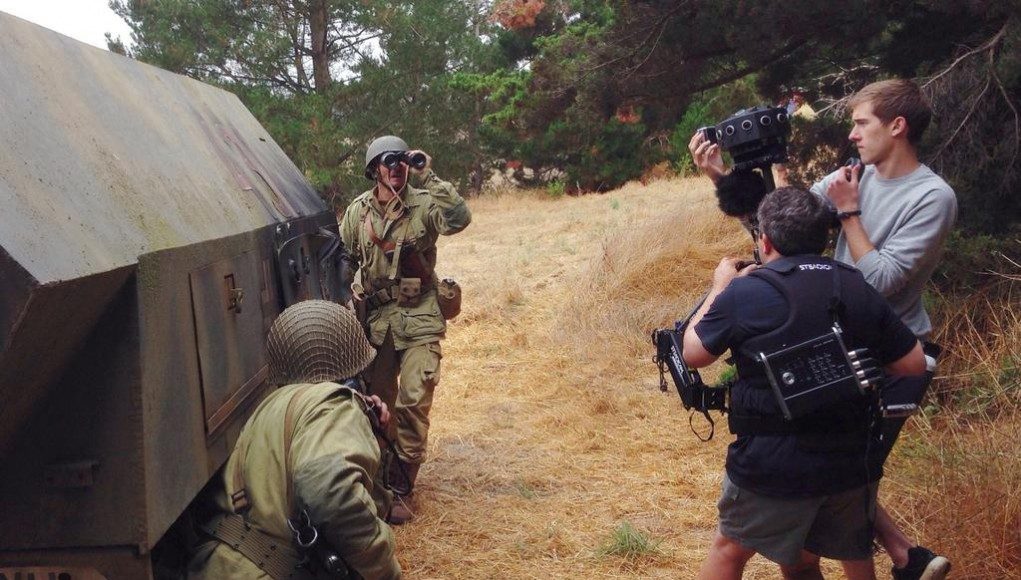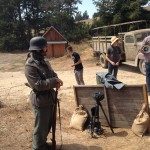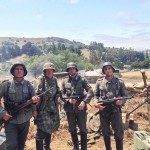The Mission VR is a forthcoming short film shot specifically for virtual reality. The film is being produced in conjunction with Jaunt VR and New Deal Studios, a visual effects studio based in Los Angeles that has worked on major motion pictures.
Since coming out of stealth a few months ago, Jaunt VR has been aggressively developing technology and content in their mission to bring 3D 360 degree, ‘cinematic’ virtual reality to market using their VR camera platform. Scott Broock, Jaunt’s VP of Content, has the dual challenges of educating filmmakers about the possibilities of cinematic VR, and ensuring there’s a healthy pipeline of films to experience once the Jaunt viewer is released. Jaunt has embarked on a series of partnerships with visionary film companies to create these films.
See Also: Exclusive Sneak Peek at Black Mass, A VR Horror Short By the Director of Paranormal Activity 5

To that end, I had the opportunity to participate as an extra in one of Jaunt and New Deal Studios’ upcoming short films called The Mission VR, a World War II period piece that takes place on the Eastern Front. The film is directed by Matthew Gratzner, who is co-founder of New Deal Studios and has worked on major motion pictures such as Men in Black, Iron Man, Shutter Island, and Mission: Impossible – Ghost Protocol.
While I’m not permitted to discuss the plot or other production details yet of the two day shoot, I can share some photos and takeaways from the weekend.
I can’t wait for Road to VR readers to see this. You’ll put on your Rift, a pair of headphones, and you’ll be transported a few feet away from where I was standing today. A lot of new ground was broken this weekend; I’m permitted to share more details in the next few days, so stay tuned. I’ll also provide some additional insight into some of the production challenges this new medium presents.
See Also: Jaunt VR Reveal How Their 3D 360 Video Technology Works at SVVR #10
Everyone on the crew I had interaction with this weekend was a pleasure to be around, even under stress when setting up some of the more complicated scenes. Producers, director, wardrobe, makeup, PA’s, each person was a consummate professional. It makes all the waiting around much more tolerable.
At this point, Jaunt has not released any content to the public produced using their 3D 360 degree camera system.
You can also follow the production on twitter at @TheMissionVR where the production team has been teasing with plenty of photos.




















